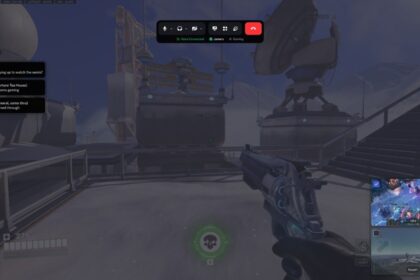Israeli cabinet votes in favor of progressive plan ceasefire agreement and release of hostages with Hamas, hours after the deal was approved Friday by the country’s security cabinet. The first phase of the deal is expected to begin on Sunday, with the exchange of several hostages held in Gaza for a number of Palestinian prisoners in Israeli prisons.
There would normally be an opportunity to appeal the decision to Israel’s Supreme Court, but it has previously refrained from interfering in similar cases.
According to a translated draft of the agreement seen by CBS News and President Biden’s description, the agreement consists of three phases, each lasting 42 days.
Hamas would begin releasing hostages on day one, initially returning three to Israel, according to the plan seen by CBS News. On the seventh day, Hamas would release four hostages. Thereafter, Hamas would release three hostages taken in Israel every seven days, starting with the living, then returning the bodies of those who died.
It would release a total of 33 female and child hostages in the first phase, as well as hostages over the age of 50, according to the draft seen by CBS News.
President Biden said Wednesday that Americans would be among the hostages released during this phase, but he did not specify names or how soon they would be freed.
For every woman or child hostage returned to Israel, Israel should release 30 Palestinian women and children from its prisons. Hamas would release all hostages over the age of 50 and Israel would release 30 Palestinian prisoners aged 50 or over.
During the exchange of hostages and prisoners, there would be a complete ceasefire in Gaza to allow the entry of aid, says the draft seen by CBS News. International humanitarian groups and the United Nations would resume operations in Gaza and begin rebuilding the enclave’s infrastructure, such as water, electricity and sewage systems.
The second phase of the deal, which would be negotiated during the first, would involve the release of all remaining Israeli male hostages and the withdrawal of all IDF forces from Gaza, the president announced Wednesday.
The third phase, which would be negotiated in previous phases, would include the exchange of bodies of deceased hostages and prisoners and the beginning of the reconstruction of Gaza, Mr. Biden said.
The agreement marks a fragile step toward the end of 15 months of war. An estimated 100 hostages are still being held following Hamas’ brutal attack on Israel on October 7, 2023, in which around 1,200 people were killed. The Israeli military estimates that around a third of the hostages are already dead.
More than 46,000 Palestinians in Gaza have been killed in Israeli strikes since the start of the war, according to Gaza’s Hamas-run health ministry, and most of Gaza’s population is displaced and living in camps. Humanitarian groups have been struggling to provide helpand experts warned of starvation.
Israeli airstrikes in Gaza continued overnight Friday, with the Hamas-run civil defense agency saying 113 Palestinians have been killed since announcing a ceasefire and peace deal. hostages Wednesday evening, local time.
Huda Matrabie, a Palestinian from northern Gaza, told CBS News’ sister network BBC News that the prospect of the deal had given her hope, but that “with that hope comes real fear.” » that the deal could collapse.
“Fear is not just about the immediate danger, but also about the emotional toll: constant uncertainty and the ever-present feeling that our lives are not really our own,” she said.
Families of the hostages gathered in Tel Aviv on Friday to call for the deal to be finalized.
“This agreement comes too late for my son Guy, whose life will not be saved. But he can be brought home to be buried here,” said Michel Illouz, whose 26-year-old son was kidnapped at the music festival Nova in October. On December 7, 2023, he would have died in Gaza, a gathered crowd was told. “Our work is not done. We will not rest until all the hostages are home, alive and dead. They must all return to us, to their families.”






